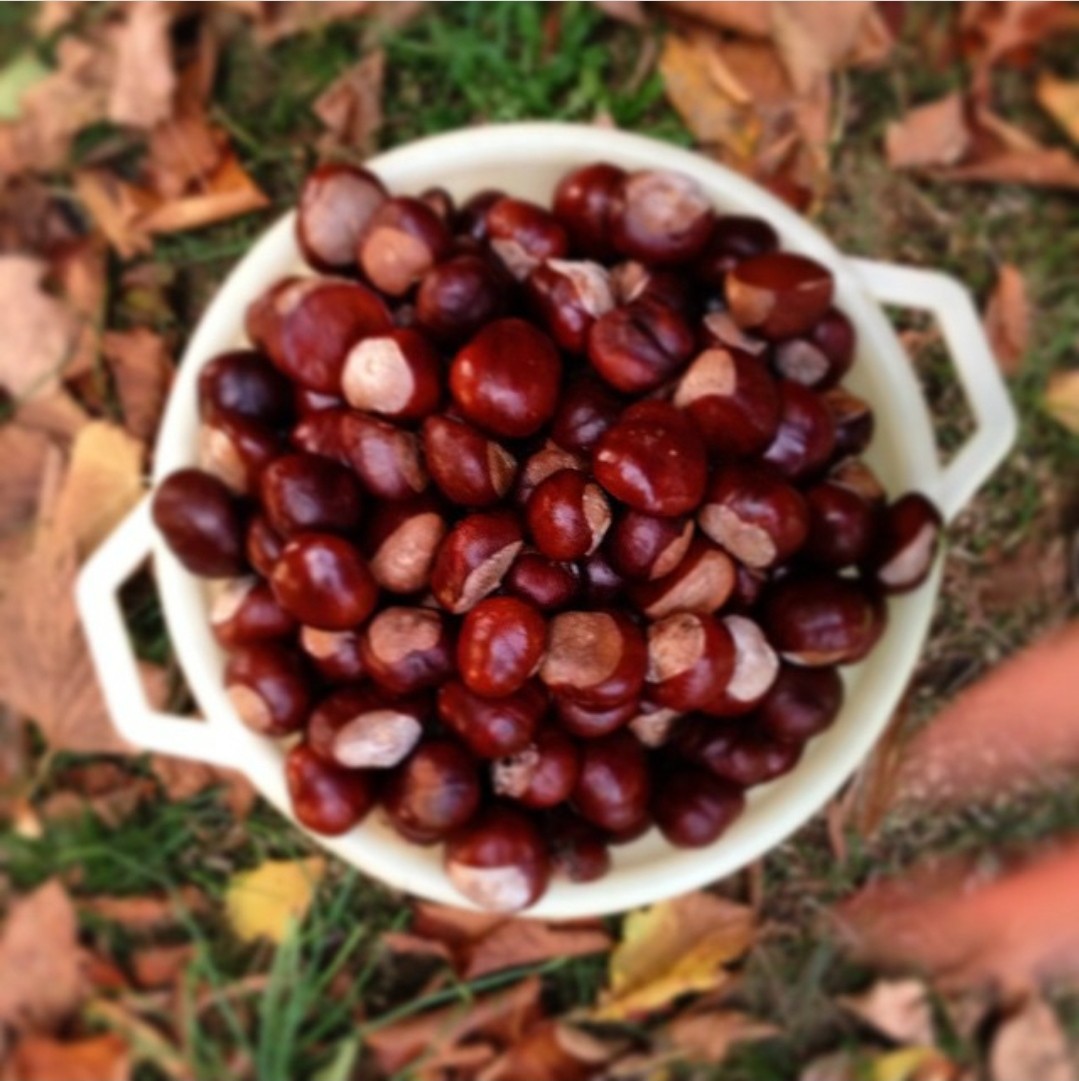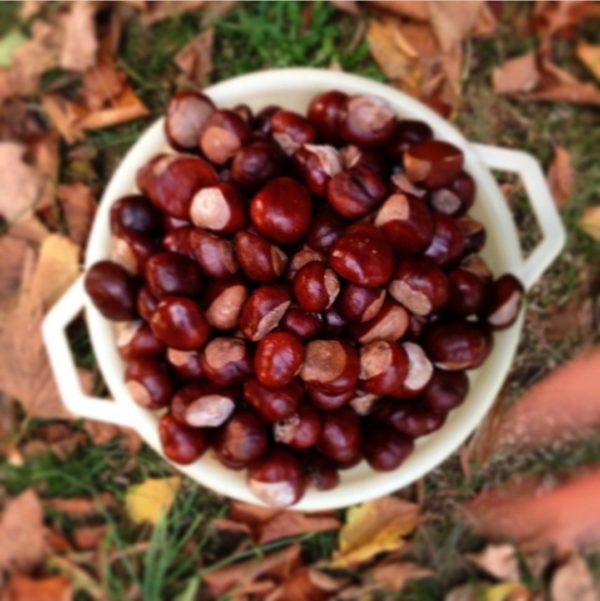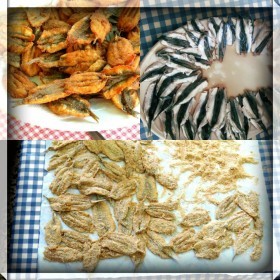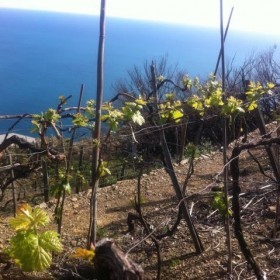The time of the chestnut harvest, from mid-October to mid-November was a great event for the communities of the Vara valley and in some small villages it is still a very heartfelt tradition. Entire families gathered in the chestnut groves to collect not only the fruits but also the leaves, which were then placed in the huts with thatched roofs to be used as litter in the stables during the winter. The chestnut tree (Castanea Sativa) was often called “bread tree” and it can still be considered the symbol of the Vara valley. In fact, it allowed the economic, social and cultural development of the entire territory. Nowadays chestnut woods seem to be natural elements of our landscape, instead they represent the incessant and tiring work of man, who for centuries has been able to take advantage of its cultivation.
The chestnuts were harvested in autumn, consumed fresh (roasted or boiled) or dried in special buildings, called dryers, where they were placed on the upper level of an attic (gradile). Downstairs a firebox almost always lit for four or five weeks dried them, thanks to the hot smoke that rose from below. After being cleaned, it moved on to the milling phase at the hundreds of water mills in the valley. The finished product was flour, used in large quantities in the daily diet of the local population.
A poor menu, however the local imagination managed to propose tasty variations to desserts and cakes, still present in our local gastronomic tradition: sweet flour dumplings, mixed flour bread, castagnaccio, sweet pancakes with ricotta and apples ….



